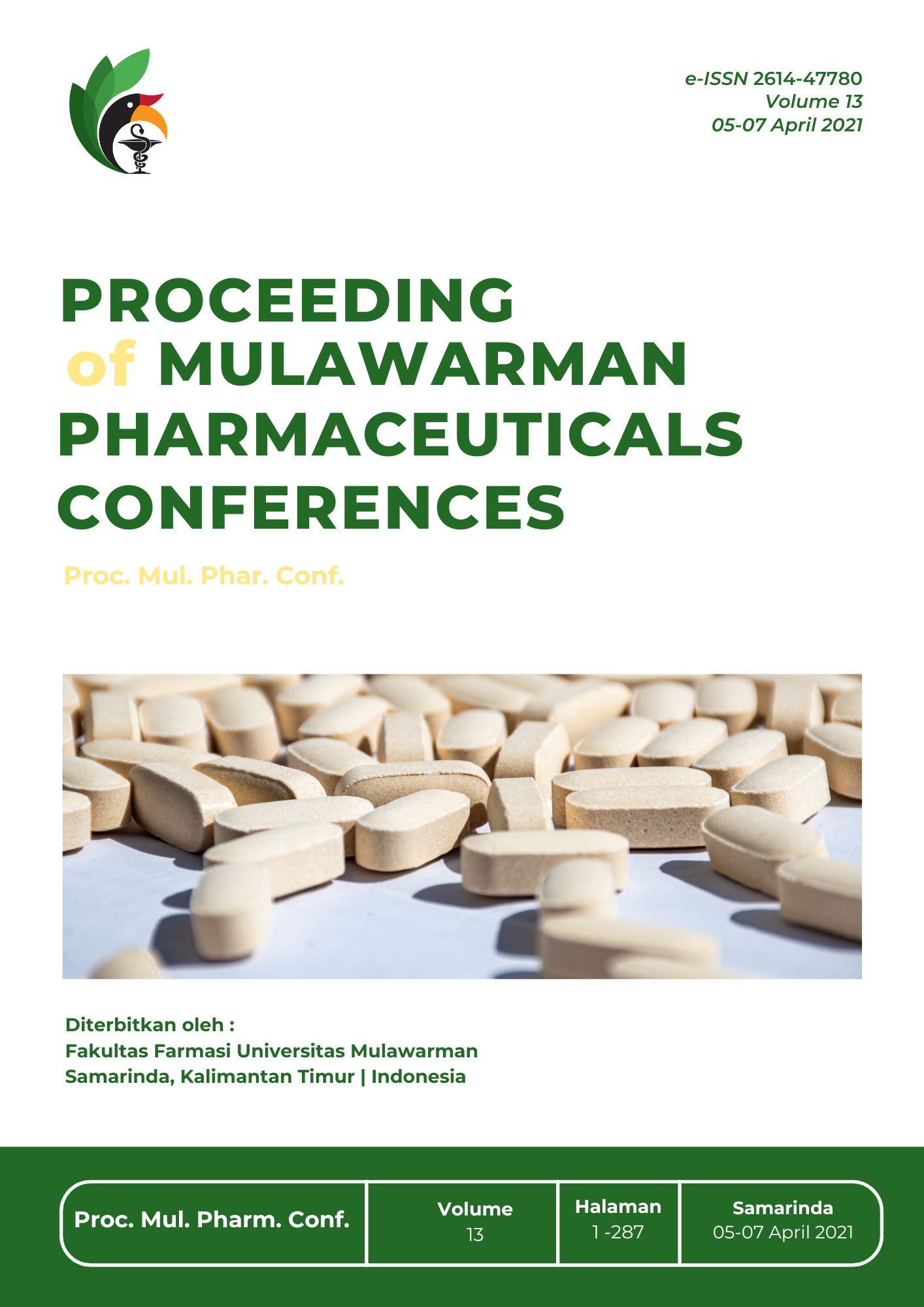Analysis of Changes in Cyanide Levels and Cytotoxic Activity in Fresh Cassava Tubers Processed into Tape
DOI:
https://doi.org/10.30872/mpc.v13i.330Keywords:
tape singkong, sianida, titrasi argentometriAbstract
Cassava in Indonesia is the third staple food after rice and corn. In addition, cassava can also be used as a process for other food products such as cassava tape, cassava crackers, opak, getuk, tapioca flour and cassava ejects. Besides containing carbohydrates, cassava also contains cyanide which is a poisonous compound. Cyanide acid is able to cause respiratory distress to death by inhibiting the performance of the respiratory enzymes, causing disturbances in the respiratory system. This study aims to determine changes in cyanide levels and cytotoxic activity in cassava tuber preparations. Qualitative analysis was performed using FeCl3 and AgNO3 reagents, quantitative tests used argentometric titration method. Meanwhile, the cytotoxic test used the Brine Shrimp Lethality Test (BSLT) method. The cyanide content test results obtained in fresh cassava were 41,56 mg, which was categorized as quite toxic, the toxicity level of fresh cassava was classified as toxic, namely 505.82 ppm. Whereas on the processed tape, the test results showed negative results containing cyanide. Cassava tuber cytotoxic test is classified as non-toxic, which is equal to 4216.96 ppm.
References
[1] Astawan, M., 2004. Tetap Sehat Dengan Produk Makanan Olahan. Solo: Tiga Serangkai.
[2] ATSDR, 2006. Toxicological Profile for Cyanide. Registry, A.f T.S.a.D. (ed).
[3] Direktorat Gizi, Departemen Kesehatan RI. 1992. Daftar Komposisi Bahan Makanan. Bharata. Jakarta.
[4] Harmayani, Eni, Umar Santoso, Mudijati Gardjito, 2016. Makanan Tradisional Indonesia Seri 1, Yogyakarta: Gadjah Mada University Press
[5] Kjeldsen, P. 1991. Behaviour of Cyanide in Soil and Groundwater: A review. Water, air and soil pollution 115(1-4), 279-307.
[6] Kurnia, Nova, Fatmi Marawtoen, 2013. Penentuan Kadar Sianida Daun Singkong Dengan Variasi Umur Daun dan Waktu Pemetikan, Jurnal Ilmiah Pendidikan Kimia ?Hydrogen? Vol. 1 No. 2.
[7] Smith, A., and Mudder, T., 1991. The Chemistry and Treatment of Cyanide Waste, Mining Journal Books Ltd., London.
Downloads
Published
Issue
Section
License
Copyright (c) 2021 Rahmat Budiman, Laode Rijai, erwin samsul (Author)

This work is licensed under a Creative Commons Attribution-NonCommercial 4.0 International License.


